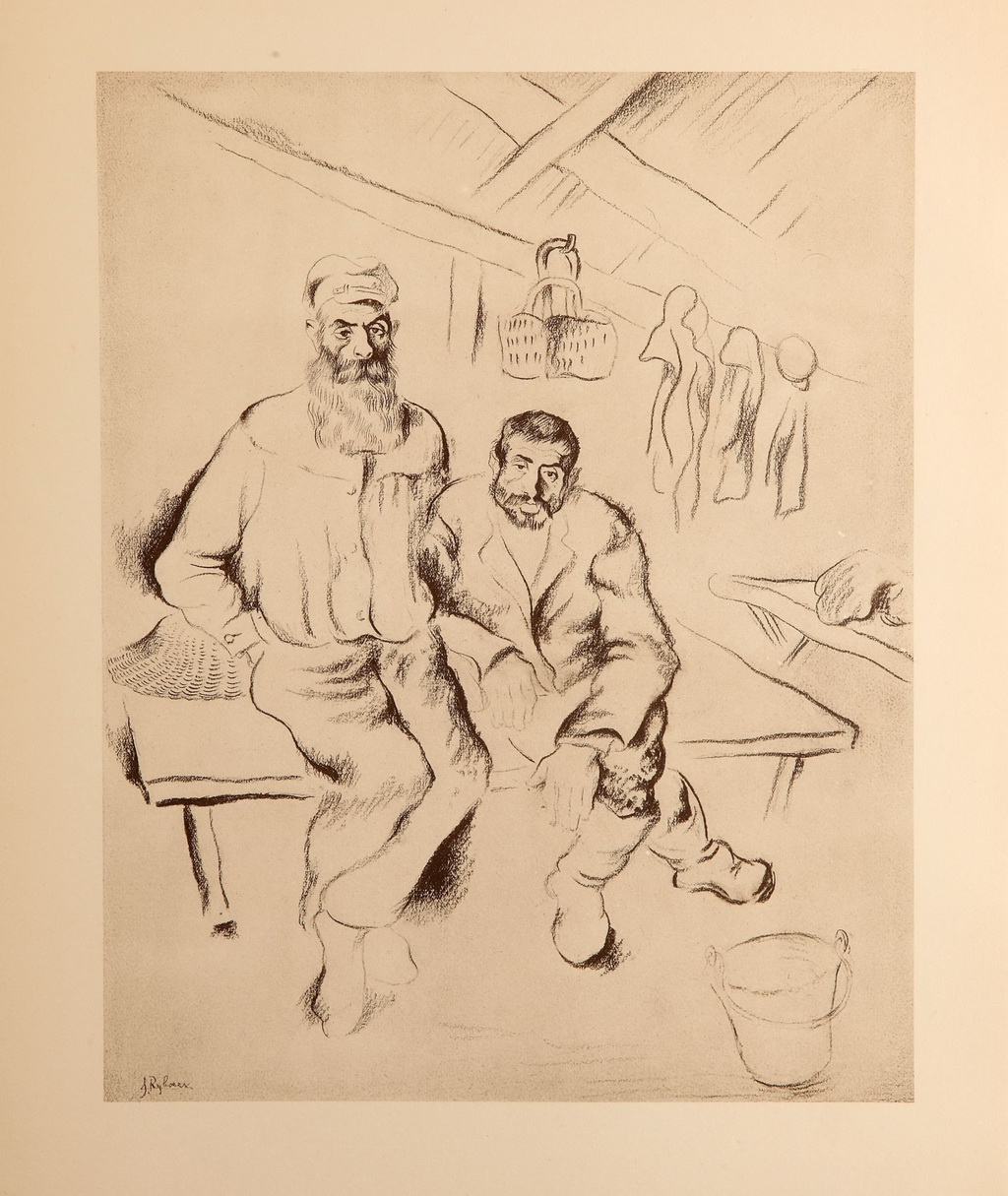


Jewish agricultural colonization in the USSR... and the Museum’s collection
We are happy to announce that the first master's degree thesis based on materials from our Museum has been successfully defended.
It is probably nothing special, but this is the first time in the short life of our museum. And we can definitely say that the experience has been positive! We are happy to take advantage of the new Master of Arts' permission to publish those fragments of her research that concern our material. Her permission also extends to publishing some background information about her work:
Institution hosting the defense: Department of Humanities at the Higher School of Economics National Research University (Master's program "History of the visual сulture and the art market").
Subject of the thesis: Jewish agricultural colonization in the USSR and its representation in Soviet and American art of the interwar period.
Title: Jewish land settlement in the USSR through the prism of visual art (1925-1937): the politics and poetics of representation.
The abstract:
«In 1924, the Soviet government launched a campaign to convert the masses of Jewish peddlers, shopkeepers, and small traders living in the former Pale of Settlement into farmers. The image of the reborn Jew working the land was not only encouraged by the Bolshevik regime to demonstrate the supposed success of its minorities’ politics: it also captured the imagination of artists and foreign charities hoping for Jewish emancipation and cultural autonomy in the Soviet Union. The result of these intersecting perspectives was a series of representations of the «new agricultural Jew» in art and visual culture in the interwar period.
The thesis examined examples of visual art created in connection with the context of Jewish land settlement in Southern Ukraine, Crimea and Birobidzhan between 1925 and 1937. The chronology begins with Issachar Ber Rybak's trip to the colonies of Kherson and Crimea in the summer of 1925 (an experience that resulted in the publication of the album «On the Jewish Fields of Ukraine» in Paris a year later) and ends with the state-funded and directed creative expeditions of the 1930s».
Over the next month, we will gradually post short stories on the site - fragments of a diploma in which the author used materials from the Museum.

